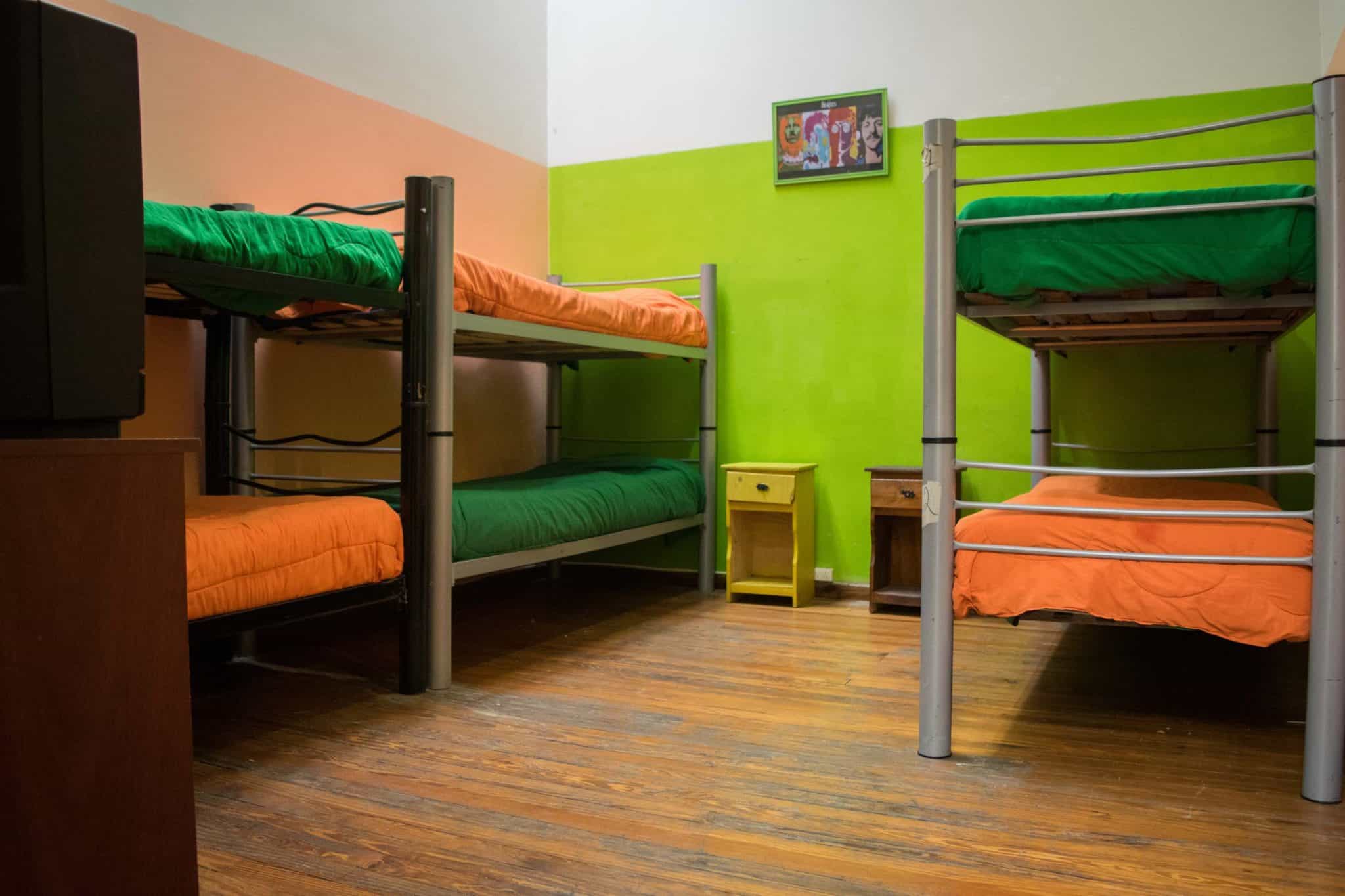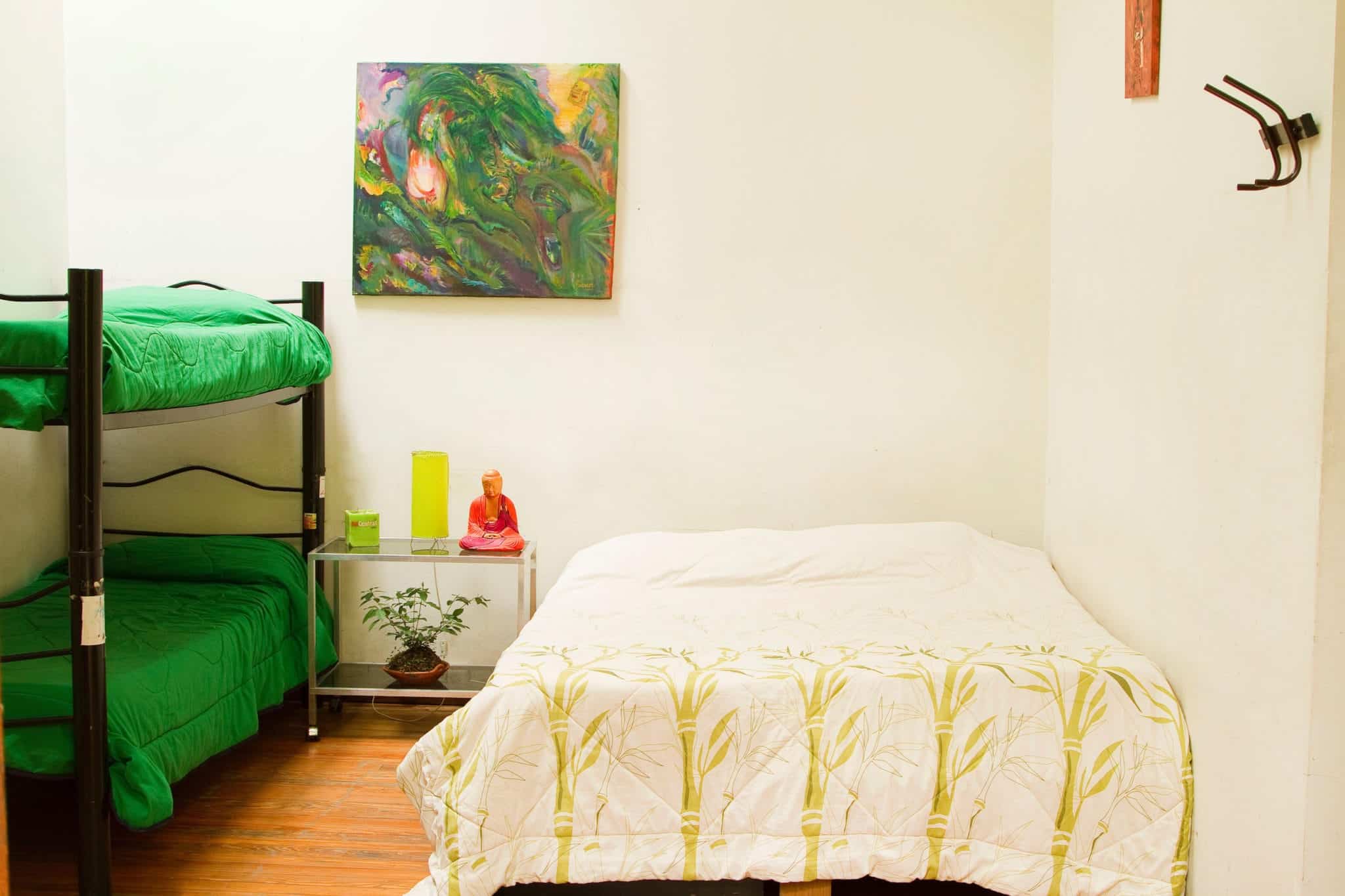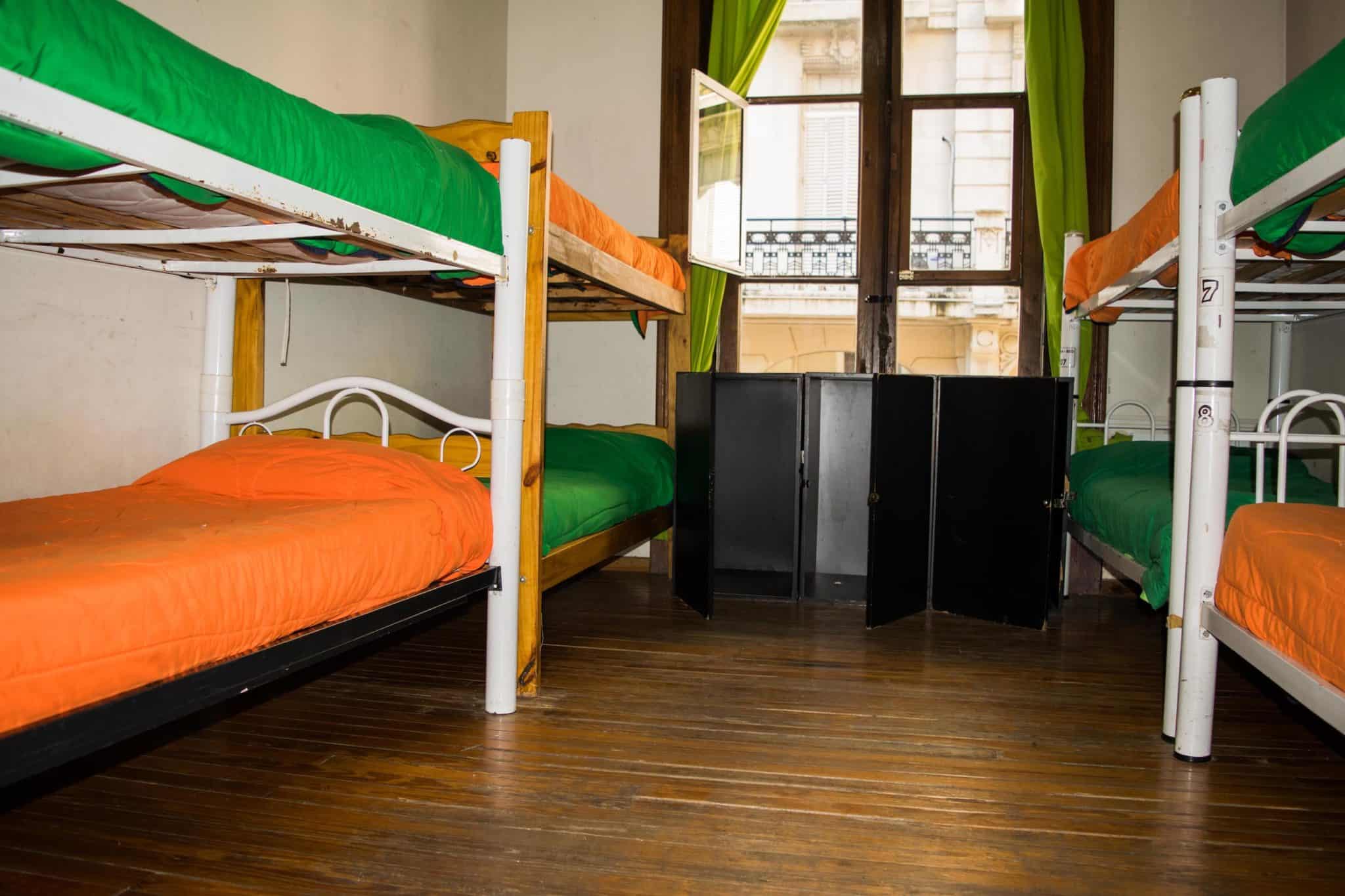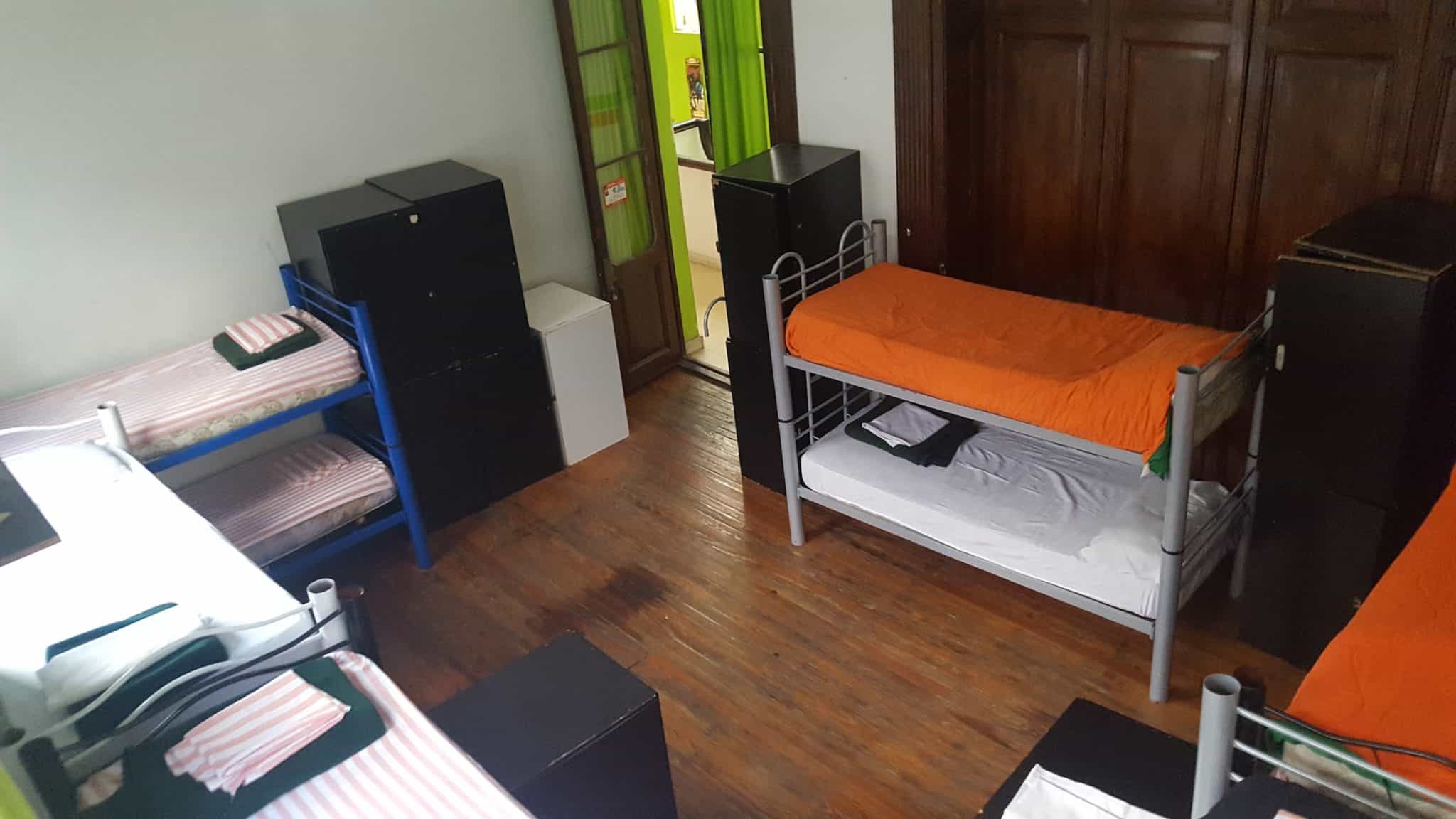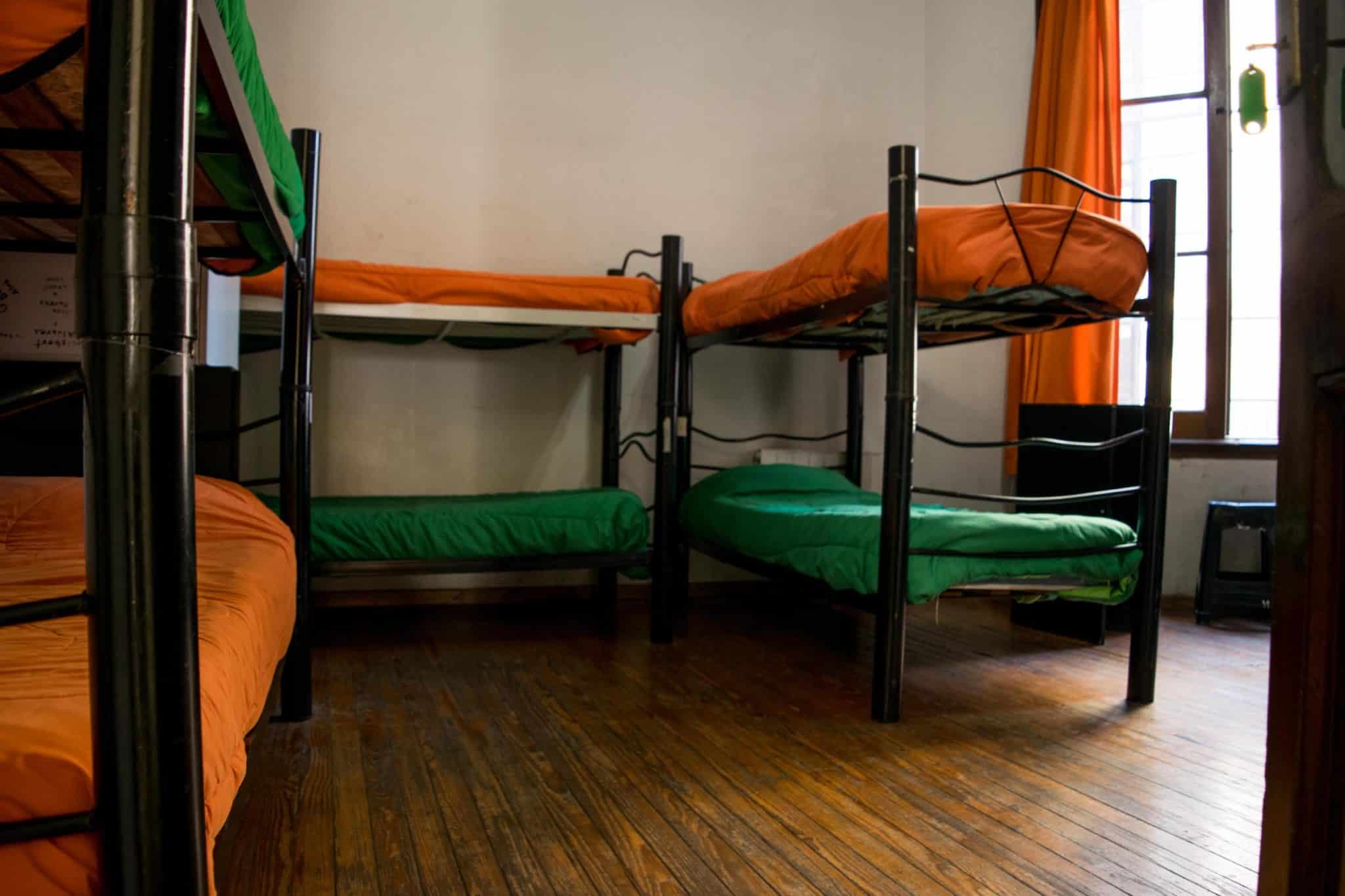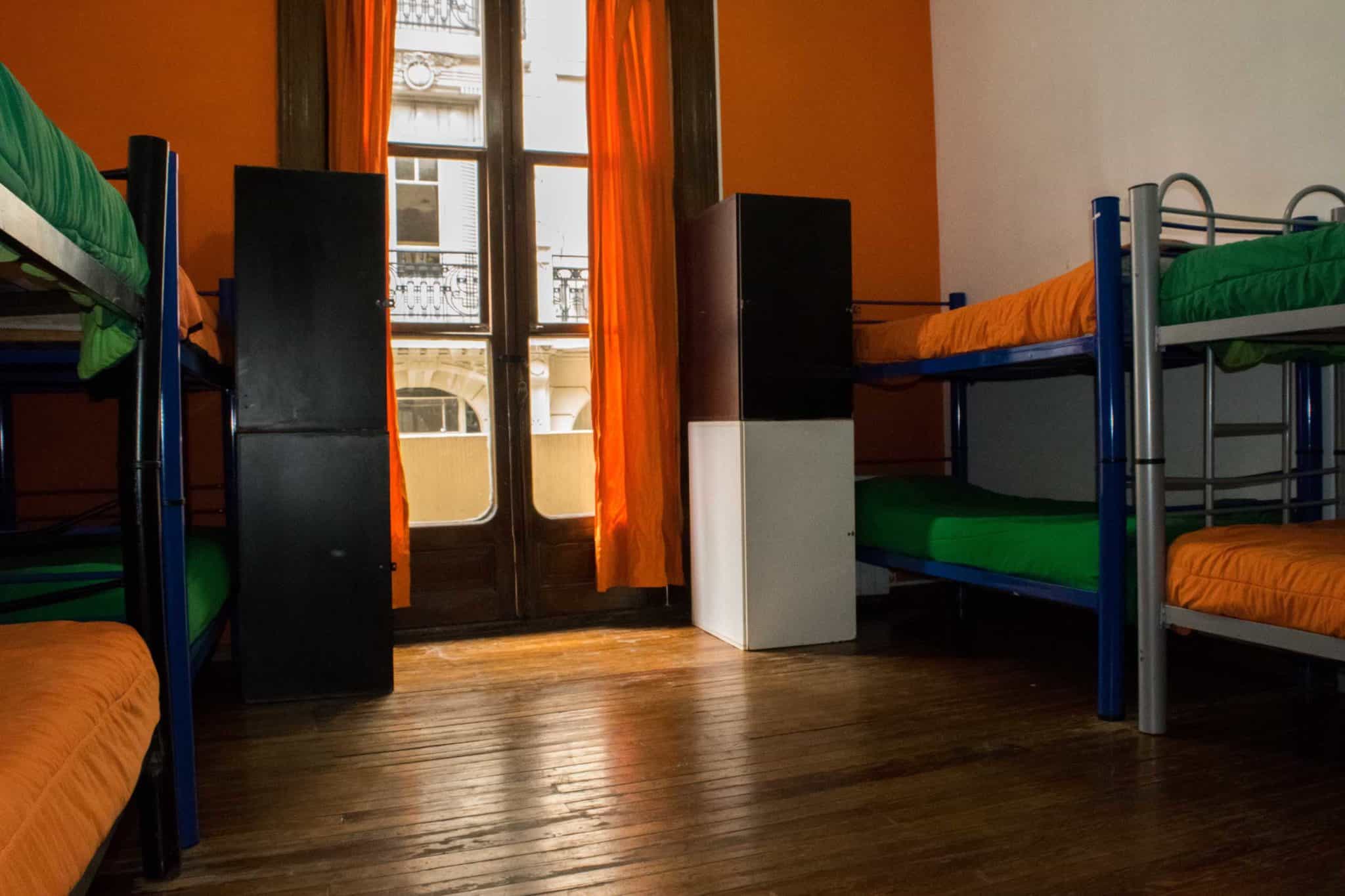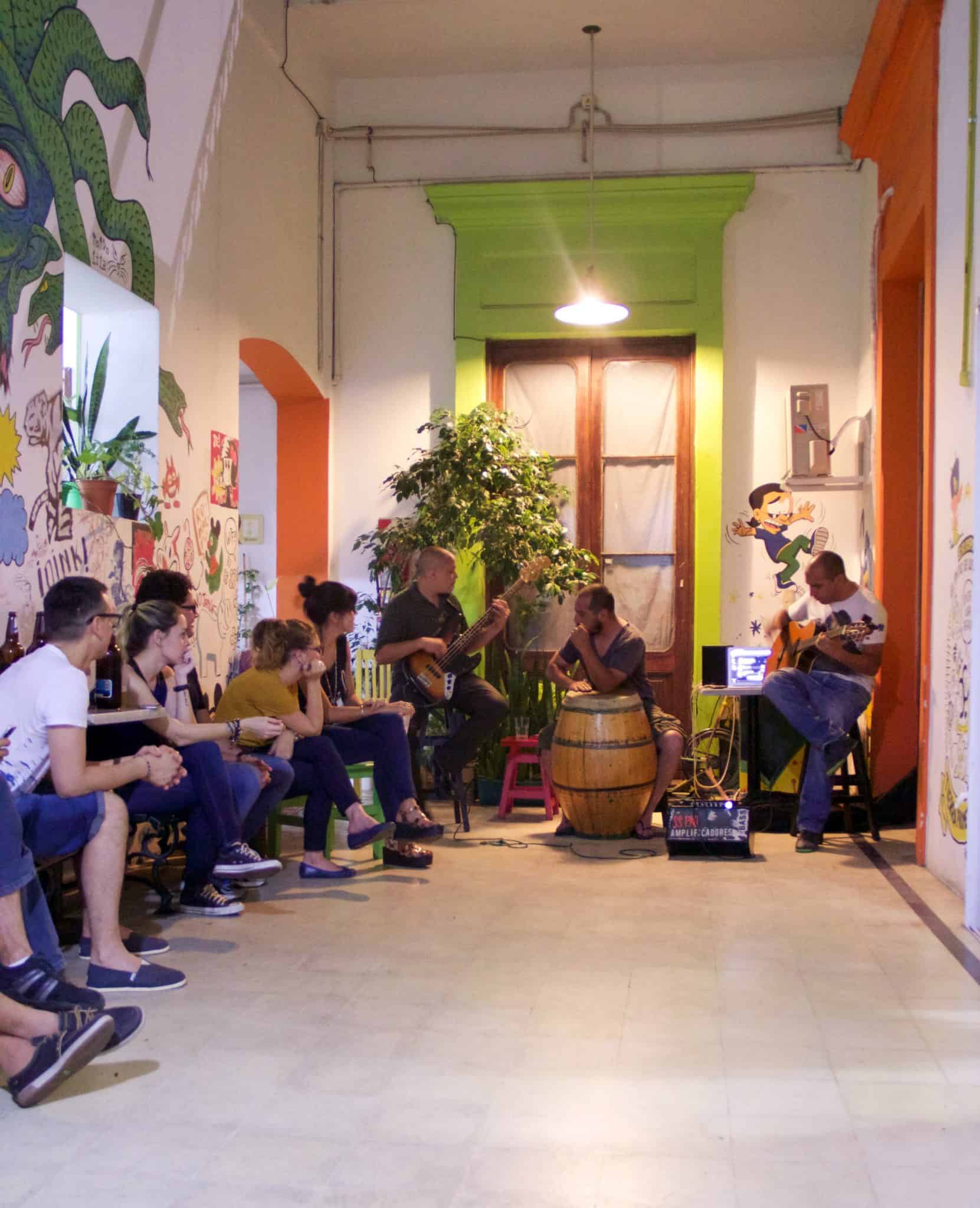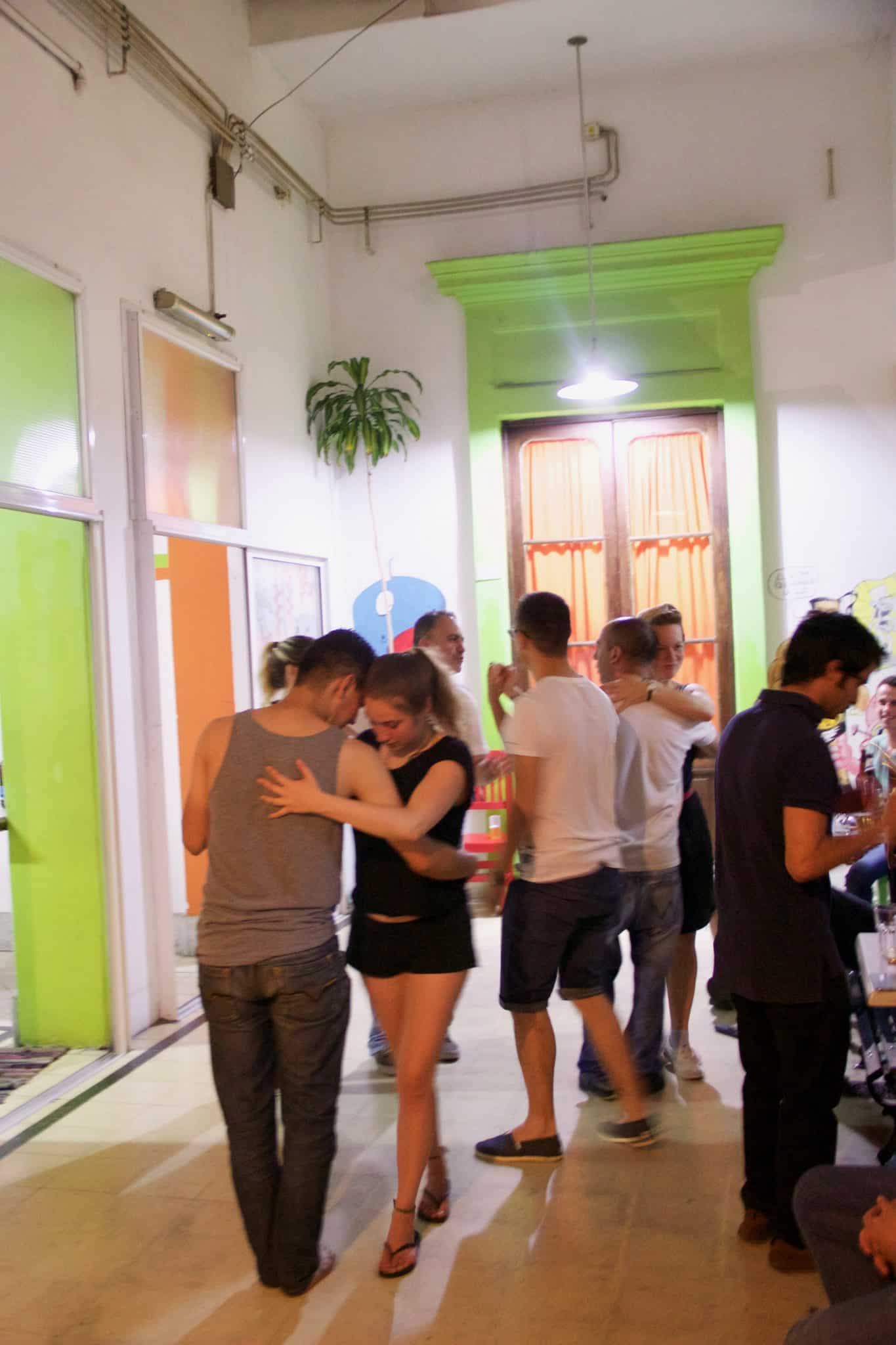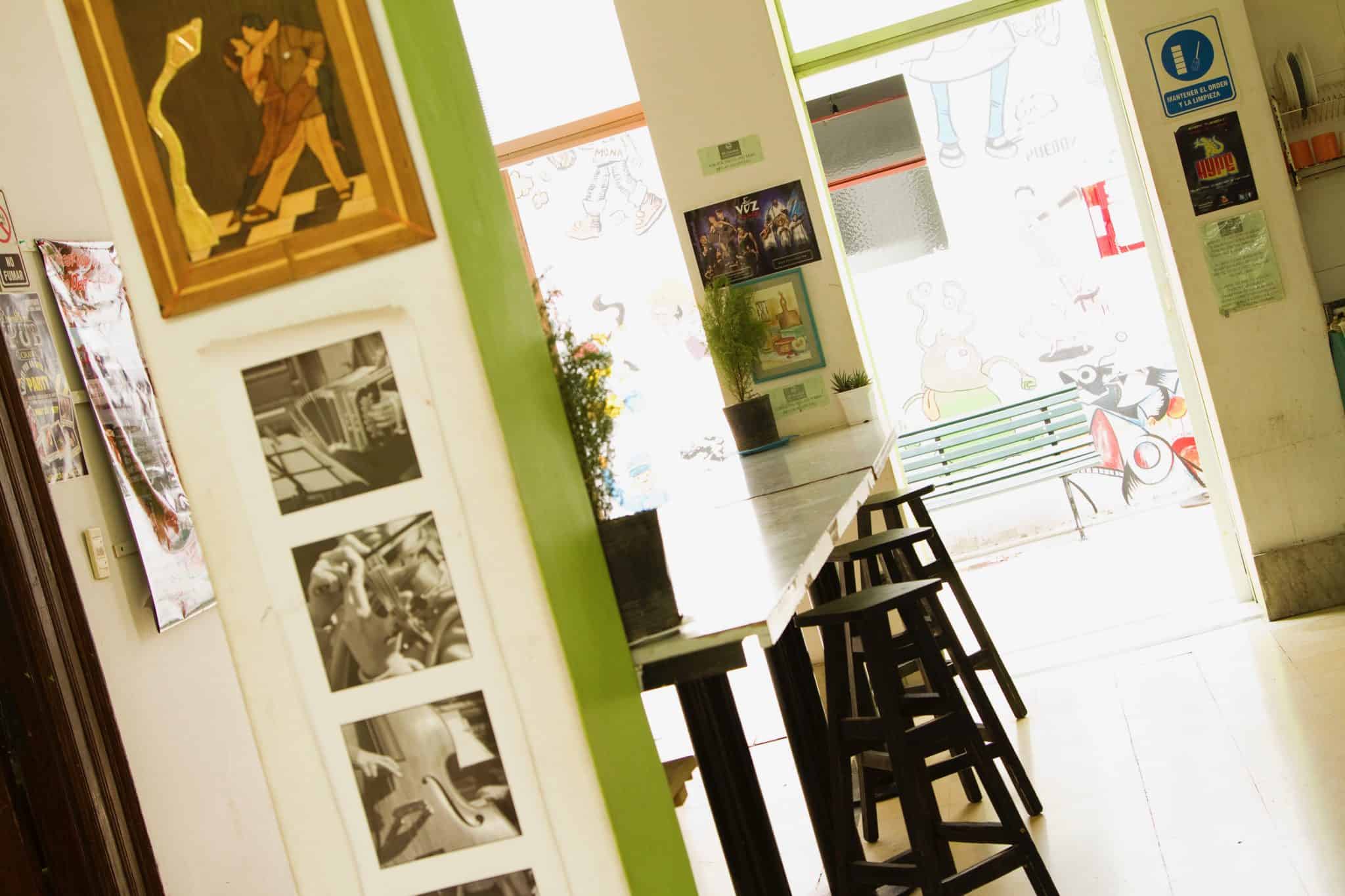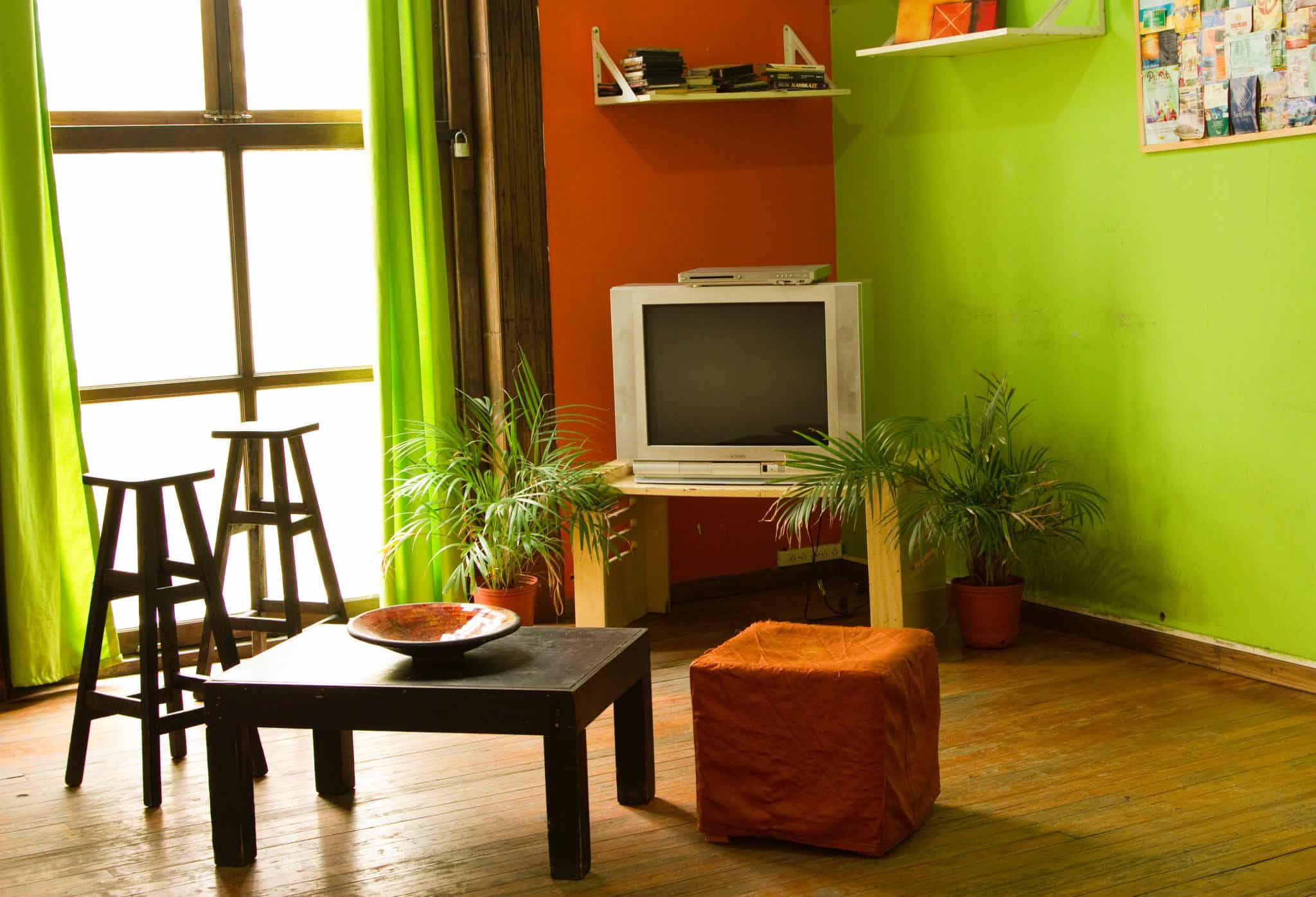The 06 Central Hostel tempts you to come experience Buenos Aires.
Caballito is a neighborhood located at the very center of Buenos Aires. It is limited by Av. San Martín, AV. Juan B. Justo, Río de Janeiro, AV. Rivadavia, AV. Ángel Gallardo, AV. La Plata, Curapaligue, AV. Directorio and Tte. Gral. Donato Álvarez. Over Rivadavia Avenue there is one of the city’s most important commercial areas.
Caballito has the mayor number of inhabitants per surface in Capital Federal, it is ranked the second most densely populated after Recoleta. The Ferrocarril Oeste Club is located here and is the only centenary place, along with Parque Rivadavia.
1. Primera Junta Square
AV. Rivadavia and Del Barco Centenera
Under the square is the last station of the subway’s “A” line, only 200 meters away from the Caballito train station. It is one of the busiest public transport points in Buenos Aires. There is also a strong bus circulation through Rivadavia Avenue. The square was officially inaugurated in 1893. At the time it was mostly used as a stop for horses and carts.
2. Historic tramway
Thompson 502
The tramway worked in Buenos Aires as a public transportation from 1870 to 1963. It reopened in 1980 offering a tour ride.
The itinerary begins at the corner of José Bonifacio street and Emilio Mitre and works on Saturdays, Sundays and holidays. You can still travel inside the wagons that were constructed in 1912, 1927 and 1961.
3. Mercado del Progreso (del Progreso Market)
Av. Rivadavia and Del Barco Centenera
It opened its doors in 1889, constructed by the Sociedad del Progreso del Caballito (Caballito Progress Society) with a marked Italian style especially in the facade, but later it was reformed expressing the “art decó” movement that was in vogue at the time.
Today, there are almost 200 stands inside the market and nearly 20 stores work outside of it.
4. Parque Rivadavia (Rivadavia Park)
Rivadavia, Doblas, Rosario, Beauchef
It was inaugurated in 1928 by Marcelo T. de Alvear, the mayor of the city of Buenos Aires at the time and then the president of the country. Before, the field had been the property of the Lezica family who had built themselves a summer house there.
A fabulous book and magazine fair takes place here on weekends. Since the 1940’s the park has been an emblematic meeting place for stamp and coin collectors.
5. Parroquia Nuestra Señora de Caacupé (Church)
Av. Rivadavia 4879
The nuns of the Santa Unión bought this land in 1883 and three years later they built a chapel. In 1908 this chapel was replaced by the one that you can see nowadays by the architect Alejandro Christophersen, responsible also for the San Martín Palace in Buenos Aires. Unique in its romantic style, it has details like the Irish stained-glass windows, the Carrara marble statues and a black marble altar that turns it in a building of an invaluable cultural importance.
6. Club Italiano (italian club)
Nicasio Oroño 566
It was founded in 1898 under the name of Club Ciclista Italiano (Italian Cyclist Club). The current building was constructed in 1910 in lands donated by one of its active partners. A year later the members decided to simplify the club’s name after the bicycle lost its novelty. Nowadays a great number of sport and social activities takes place there.
7. Parque Centenario (Park)
Avenidas Leopoldo Marechal, Ángel Gallardo, Díaz Velez and Calle Río de Janeiro
Another former property of the Lezica family, this land was purchased by the city of Buenos Aires in 1898 destined to become a promenade that would be named Parque del Oeste or Parque Central but in 1909 they decided to commemorate the independence revolution (May of 1810) and it received its current name. It was designed by the most important landscape gardener of the time in Buenos Aires. the French Carlos Thays.
8. Museo Argentino de Ciencias Naturales Bernardino Rivadavia
(Argentinean Museum of Natural Sciences Bernardino Rivadavia)
Av. Ángel Gallardo 490
In 1826 Rivadavia became the first president of the republic. He had already worked as a secretary of the first triumvirate. It was he who asked the state governors to start collecting wild specimens and objects to create the first public museum in 1823 that would in time become the Museum of Natural Science.
9. Iglesia Nuestra Señora de los Dolores (Our Lady of Dolores’ Church)
Av. Díaz Vélez 4850
The planning of the construction began in 1920 with an Italian style and eclectic ornamentation. On September 15 it is celebrated a holiday in honor of this patron saint.








